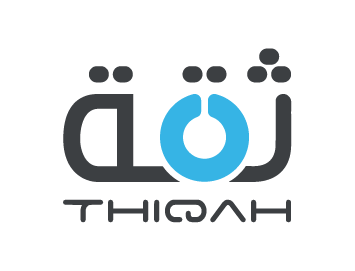

This course is critical for understanding how to troubleshoot and repair electronics systems. It teaches the fundamental methods of diagnosing system failures, evaluating performance, and carrying out effective repairs to ensure dependable operation of electronic devices and circuits.
| City | Start Date | End Date | Fees | Register | Enquire | Download |
|---|---|---|---|---|---|---|
| Paris | 11-08-2025 | 15-08-2025 | 6200 $ | Register | Enquire | |
| London | 18-08-2025 | 22-08-2025 | 6200 $ | Register | Enquire | |
| Kuala Lumpur | 25-08-2025 | 29-08-2025 | 4950 $ | Register | Enquire | |
| Casablanca | 01-09-2025 | 05-09-2025 | 4950 $ | Register | Enquire | |
| Madrid | 08-09-2025 | 12-09-2025 | 6200 $ | Register | Enquire | |
| Dubai | 15-09-2025 | 19-09-2025 | 4300 $ | Register | Enquire | |
| London | 22-09-2025 | 26-09-2025 | 6200 $ | Register | Enquire | |
| Prague | 29-09-2025 | 03-10-2025 | 6200 $ | Register | Enquire | |
| Cairo | 06-10-2025 | 10-10-2025 | 3950 $ | Register | Enquire | |
| Amsterdam | 13-10-2025 | 17-10-2025 | 6200 $ | Register | Enquire | |
| London | 20-10-2025 | 24-10-2025 | 6200 $ | Register | Enquire | |
| Dubai | 03-11-2025 | 07-11-2025 | 4300 $ | Register | Enquire | |
| London | 10-11-2025 | 14-11-2025 | 6200 $ | Register | Enquire | |
| Prague | 17-11-2025 | 21-11-2025 | 6200 $ | Register | Enquire | |
| Kuala Lumpur | 24-11-2025 | 28-11-2025 | 4950 $ | Register | Enquire | |
| Madrid | 01-12-2025 | 05-12-2025 | 6200 $ | Register | Enquire | |
| Dubai | 08-12-2025 | 12-12-2025 | 4300 $ | Register | Enquire | |
| Vienna | 15-12-2025 | 19-12-2025 | 6200 $ | Register | Enquire | |
| Casablanca | 22-12-2025 | 26-12-2025 | 4950 $ | Register | Enquire | |
| Amsterdam | 29-12-2025 | 02-01-2026 | 6200 $ | Register | Enquire |
Problems can arise in every single piece of electronic equipment, making troubleshooting a crucial step to ensure the equipment functions as intended. This training aims to enhance learners' knowledge of the electronics troubleshooting and repair process through practical demonstrations. It also includes calculating fault currents in practical electrical power systems.
Short-circuit currents can be devastating and produce significant energy, necessitating careful calculations to ensure equipment ratings can handle these currents. Additionally, estimating these currents is essential for establishing appropriate test levels for various system protection devices.
Understanding the processes involved in troubleshooting and repairing electronics is vital for anyone involved in maintaining and repairing electronic devices. Numerous references to comprehensive troubleshooting and repair manuals provide instructions and recommended methods for addressing practical problems. For beginners, accessible guides covering basic concepts and common issues are also available.
At the end of the Electronics Troubleshooting and Repair course, participants will be able to:
Unit 1: Introduction to Troubleshooting
Unit 2: Electronic Circuit Failure Analysis and Prevention
Unit 3: Repair of the Device
Unit 4: Analysis of Faults in Digital Systems
Unit 5: Repair of Power Supply and Subsystems
Unit 6: Wonderful Troubleshooting
Unit 7: Maintenance and Safety Aspects
Invalid mobile number. Please enter a valid number.
















